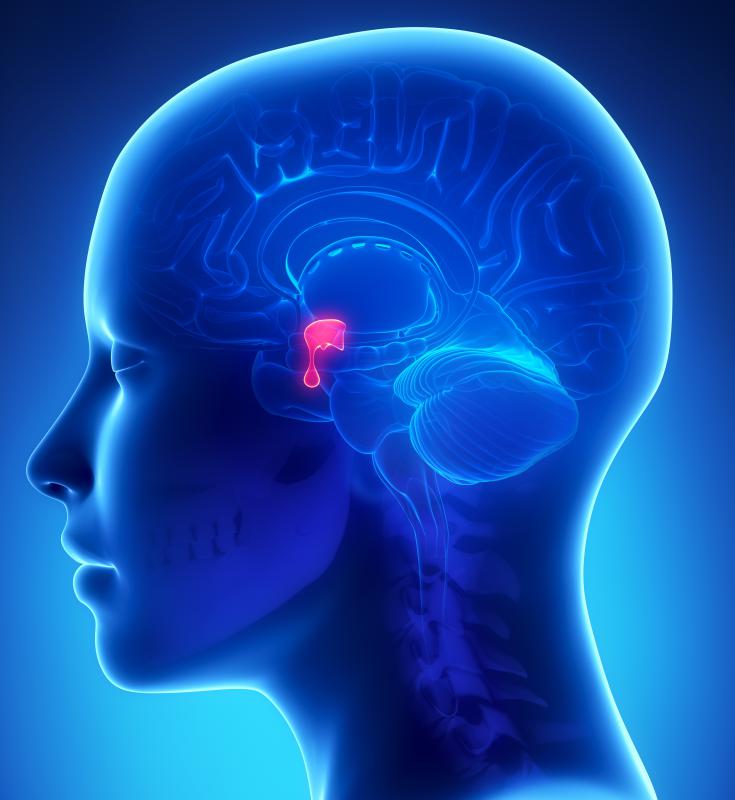Regardless of your list of symptoms, the road map to natural healing will always begins with optimizing elimination. Optimizing Elimination is Stage One in the path to restoring immunity that I teach my clients and practitioners.
Why is this true?
When your physical body’s ability to clean is compromised, your natural ability to heal (immunity) is also compromised. This is particularly clear in babies and children but equally true for adults.
We know a lot about the body and its workings, but the function of elimination is often overlooked as a likely root-cause of symptoms. Learning more about how your body cleans will bring your awareness to what might not be working for you.Noticing and taking action before chronic symptoms develop, is essential for your health now and in years to come.
Before we discuss what might compromise the body’s ability to clean, let’s look at some of the key players. While there is a complex system of excretory organs for this purpose, we are going to simply look at the organs and systems directly involved in producing and eliminating urine and stool.
How does a body clean?
First, let’s consider how the body cleans from the food we digest.
As food passes through the mouth it enters the pharynx. Important to note is that the pharynx plays a vital role for both the digestive system and the respiratory system. It is a passageway for both air and food. Because of the physical connection present between the two systems, inflammation or mucus produced in one can easily pass to the other through the pharynx.
The esophagus is a long muscular tube that pushes food into the stomach. Important to note here is the ring shaped muscle at the opening of the stomach. This ring is called the lower esophageal sphincter (LES). When digestion/elimination process is compromised in any way, this muscle may not have the ability to hold back digestive acids and and reflux occurs.
Using acids and enzymes to break down food, the stomach acts as a mixer and grinder turning the consistency to liquid or paste.Taking acid blockers to suppress reflux changes this perfect balance and adversely affects the absorption of nutrients that will occur in the digestion process next.
Workings of the Small Intestine
Further on, the small intestine is responsible for breaking down the paste/liquid from the stomach using enzymes produced by the pancreas and bile from the liver (stored in the gallbladder). This is where the nutrients are absorbed into the bloodstream, and the remaining waste moves on. The small intestine also relies on a healthy population of bacterial microbes to prevent pathogens in food from taking hold and supports the immune response. An imbalance of the bacterial microbes will result in a lowered immune response and greater susceptibility to foodborne illnesses.
Finally, the undigested waste is moved to the large intestines (bowel or colon) which is the storage organ for the undigested waste products. Parts of the large intestine take on the responsibility of absorption of leftover vitamins, water, and salt. When the large intestine is full, stool should pass through into the rectum to be emptied. When this doesn’t happen on a regular basis, the entire interrelated system can be adversely affected leading to a variety of disruptions.
Metabolic waste
Digesting food is only part of the body’s cleaning process. There are also waste by-products from tissue cleansing and regeneration that are continually produced, managed by the lymphatic and circulatory systems. These fluids are referred to as metabolic waste. The lymphatic and circulatory systems perform interrelated tasks delivering the waste to the liver where it is filtered and then transported to the kidneys through the circulatory system.
Serving a multi-functional role is the liver, responsible for breaking down toxic substances, chemicals, pharmaceutical medications, and byproducts of the body’s own metabolic process, such as ammonia, into urea. This urea moves on to the kidneys, eventually becoming urine.
Then there is the urinary system, filtering and removing the liquid waste. The urinary system and large intestine, also called the bowel, have their own interactive communication system, signaling one to take over in the work of reducing acidic waste when the other is at its limit.
The ureter, bladder, and urethra team together to move the waste fluid from the kidneys, store it, and discharge it as urine.
Adrenal glands
Playing an accessory but critical role in keeping the body clean are the adrenal glands. The adrenals sit on top of the kidneys and are made up of two parts, the medulla and the cortex, each with its own function. The medulla secretes the hormone adrenaline, which helps the body adjust during high stress situations by increasing heart rate and speeding up blood flow. The cortex produces cortisol, which reduces inflammation within the body. The role of the cortex is of particular interest here as the resolving of inflammation is critical in the cleaning process.
As you can see, keeping the body clean along with the production of urine and stool requires an entire system. Every organ is critical and if one is not performing optimally, the others will be directly affected and must compensate. When this happens, the perfect system loses its effectiveness and its ability to remove waste products is greatly reduced.
Symptoms to note
An important sign that your elimination is not optimized are symptoms of the body cleaning through alternate exits. These exits are utilized when, over time, the buildup of waste product creates an inflammatory state and the body needs to look for other ways to clean. The most common of these tend to be eyes, nose, ears, lungs, and skin and, in women of menstruating age, the uterus/vagina.
Here are some common symptoms that indicate your body is cleaning through emergency exits:
•Eye(s): discharge
•Ear(s): discharge, drainage, blockage, itchiness,
•Sinus(es): congestion, drainage
•Bronchial/Lungs: cough, croup, bronchial spasms, obstructed breathing
•Skin: acne, eczema, canker sores, cold sores, fever blisters, mouth or gum sores, rashes
•Genital: yeast overgrowth, warts
•Vagina: discharge, yeast, heavy menstrual flow or cramping (if a menstruating female)
•Anus: discharge, mucus, burning, itching, rash
So given this cleaning process, what is optimal bowel elimination?
•Bowels: 2-3 formed movements spread throughout the day;
•Urination: no night time urination and daytime frequency every 2-3 hours;
•Uterus: (for women who are fertile) 27-29 day cycle, bleeding 4-5 days that does not start and stop, pain free or minor discomfort only, no mid cycle spotting.
How do I improve mine?
So what therapies do I use during Stage One to open elimination?
1.I ask clients to begin to increase the raw plant-based items in their diets, starting with an all-fruit cleansing meal for breakfast to jump start lymphatic activity and elimination.
2.I also suggest a Gemmotherapy protocol that is individualized according to one’s current elimination, level of vitality, and state of inflammation.




 On to Cleaning and Fortifying Organs, Stage Two. Once the goals of
On to Cleaning and Fortifying Organs, Stage Two. Once the goals of 

 Most of August, I just can’t imagine turning on anything that might raise the temperatures one more degree in the house. When you are experiencing one of those days you will thank me for sharing this delectable
Most of August, I just can’t imagine turning on anything that might raise the temperatures one more degree in the house. When you are experiencing one of those days you will thank me for sharing this delectable